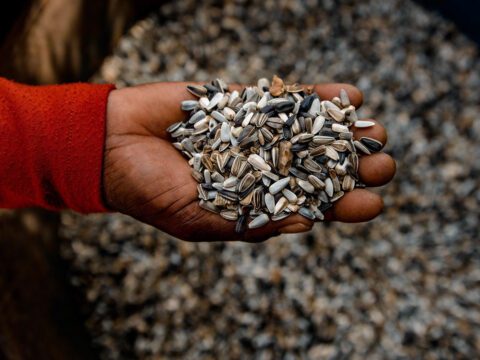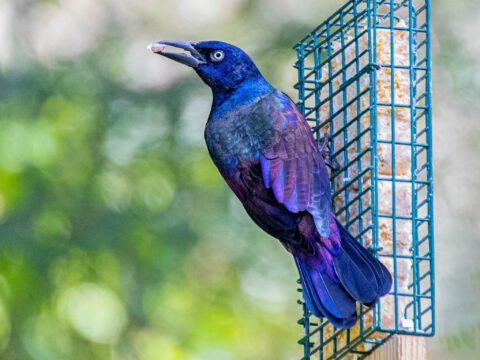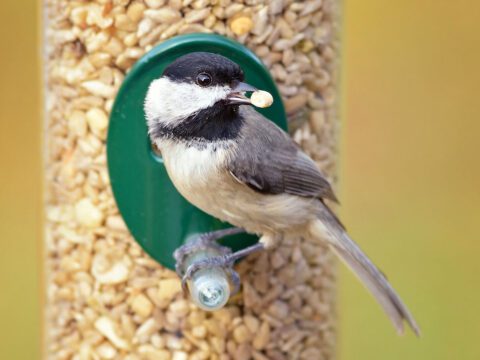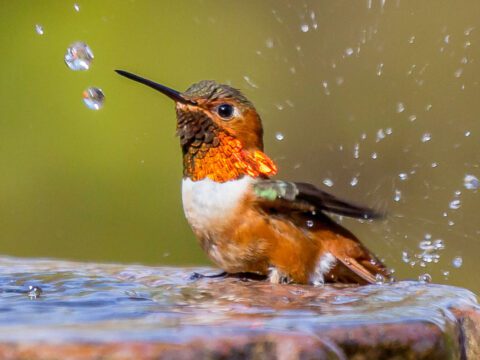Feeding Hummingbirds
April 20, 2009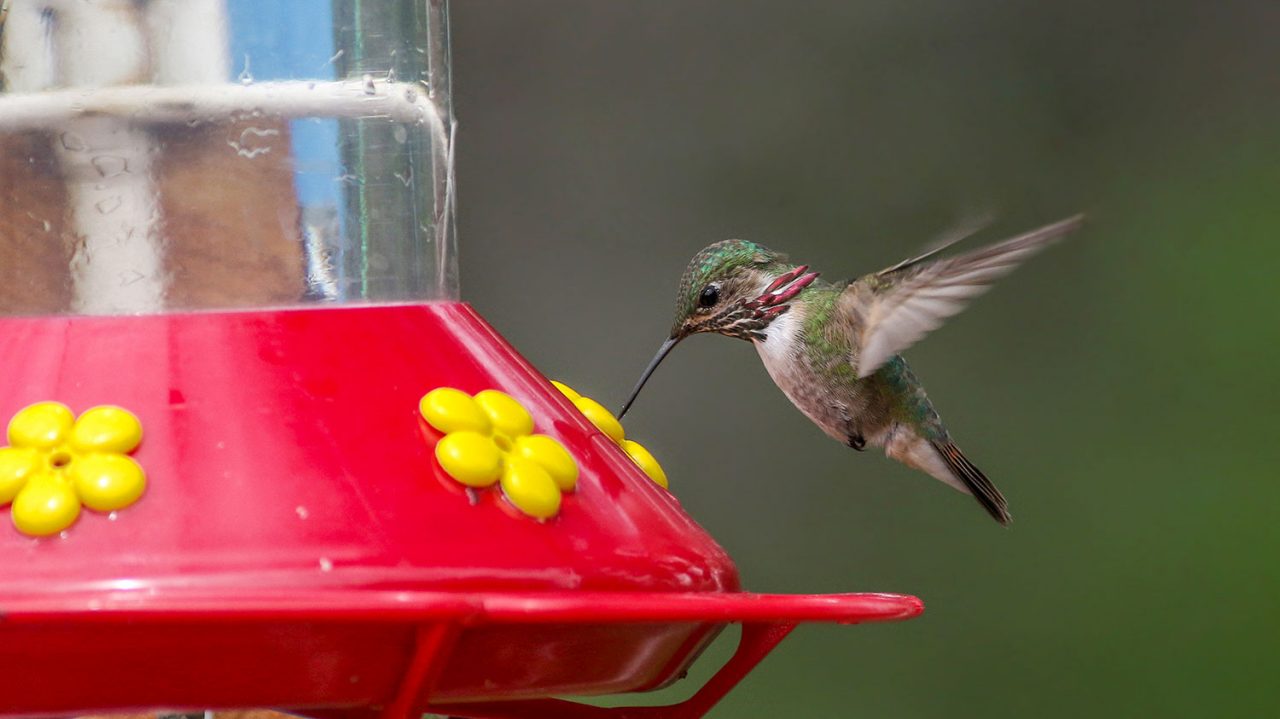
It’s easy to make hummingbird food with just table sugar and water. We’ll tell you all you need to know:
Use table sugar rather than honey to make hummingbird food—when honey is diluted with water, bacteria and fungus thrive in it. The normal mixture, especially ideal during hot or dry weather, is ¼ cup of sugar per cup of water. During cold, rainy, or foggy conditions when fresh water is plentiful but birds need more energy, it’s fine to make the mixture ⅓ cup of sugar per cup of water. Concentrations of sugars in natural nectars vary within about that range.
If you mix up small quantities of sugar water every day or two, there’s no need to boil the water. But if you mix up larger batches and refrigerate part for later use, then it’s wise to make the mixture with boiling water.
Note: There’s no need to add red food color to sugar water, or to use red-colored commercial mixes. Nectar in flowers is clear, after all, and red food coloring may be harmful for hummingbirds. It’s the flowers themselves that are brightly colored, not the nectar—and that’s why hummingbird feeders typically are designed with red parts to attract the notice of hummingbirds.
What kind of feeder is best?
The two most important issues to consider in selecting hummingbird feeders are how easy they are to take apart and clean, and how large they are.
The best-sized feeders are those that are emptied every day or two by the hummingbirds you have. Bacteria and mold grow in sugar water, and sugar ferments, so hummingbird water should never be left out for more than two or three days, and changed daily in very hot weather. The easier it is to clean a hummingbird feeder, the more likely you are to do it often and well. The fill hole should be large enough for you to be able to get a bottlebrush inside, and every crevice should be easy to scrub.
Related Stories
Bottle or tube hummingbird feeders can be glass or plastic, often with red plastic flowers and bee guards (little plastic screens that keep insects away from the sugar solution) on the feeding ports. If the bee guards are yellow, they may, ironically, attract bees.
Feeder Placement
With hummingbirds, more feeders are usually better than larger feeders. Hummingbirds are often extremely territorial around feeding sites, and so four tiny feeders with one feeding port each, set around your home, will attract and maintain more hummingbirds than one large feeder with eight ports.
Hummingbird bottle feeders tend to leak in the sun, because air trapped in the top of the bottle expands as it warms and pushes the nectar out. This doesn’t happen in tray feeders. Either way, avoid locating your hummingbird feeder in direct sun, which causes the sugar solution to spoil rapidly.
Unexpected Visitors
If hummingbird feeders have large enough perches, other species such as orioles, Downy Woodpeckers, and Cape May Warblers may visit them. In some places, bears can be a problem if feeders are at all accessible.
Plastic saucer-type hummingbird feeders have feeding ports in the top, making them fairly bee-and wasp-proof. These feeders often have little moats in the center that should be filled with regular tap water—that will keep ants from climbing down the support wire or rod and getting to the sugar water.
Go Natural
Another great way to feed these little gems is to plant a native wildflower garden. If you’re short on space, you can even plant a simple container garden. This gives your hummers access to a complete diet of natural nectar and the tiny insects that they eat for protein.
Find out More
- What’s The Best Recipe For Hummingbird Nectar?
- Should I Use Red Food Coloring In Hummingbird Food?
- Not All Sweetness and Light: The Real Diet of Hummingbirds
- You’re Seeing Fewer Hummingbirds At Your Feeder. Should You Worry?
- Birding And Feeding Tips From FeederWatch Participants
- BirdNotes: Attracting Hummingbirds [PDF]
- Should I Stop Feeding Birds In Fall So They Can Start Their Migration?
- Explore the hummingbirds of the U.S. and Canada in our All About Birds species guide.
- Learn about the hundreds of hummingbird species south of the border in Birds of the World.

All About Birds
is a free resource
Available for everyone,
funded by donors like you
American Kestrel by Blair Dudeck / Macaulay Library

